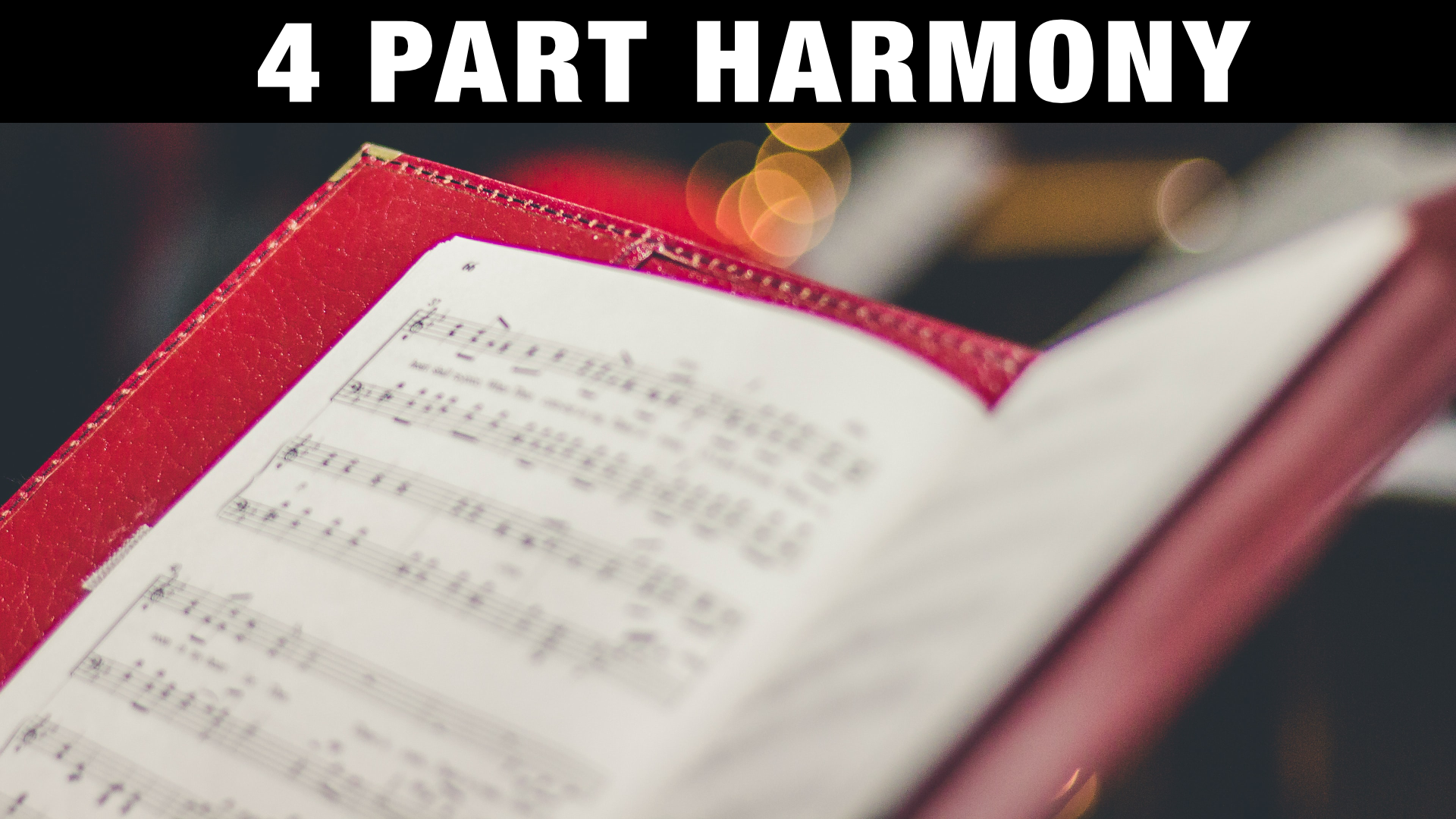 What is SATB in Music?
What is SATB in Music?
SATB is an abbreviation of the 4 ranges harmony is usually divided in both in choir (vocals) and many instrument families. S = soprano, A = alto, T = tenor and B = bass.
Soprano is the highest voice, followed by the alto, then the tenor, and bass is the lowest voice.
How to write 4 Part SATB Harmony?
There are no rules in music, but there are guidelines. For example, we will always hear the highest voice the most, which is why the soprano voice or instrument will in most cases be the lead melody.
The alto will in most cases act as the backing harmony to add depth to the leading melody, with the intent to support it.
The tenor may be another harmony, or in some cases doubling the bass an octave higher (especially for the string section where cellos are the tenor harmony).
And finally the bass, which is the fundamental harmonic anchor, most often focused on the root note of each chord.
Voice Leading is Key
When you write 4-part harmony you should always think about the voice leading, meaning how each SATB voice moves horizontally as each part progresses between every note.
Don’t think of the 4 voices as “one chord” that progresses into the next chord. Truly treat them like individual voices (parts) that sing or play together to shape the entire progression
Contrary Motion adds Depth
Music will sound more rich, and harmonically interesting if you get some contrary motion in these 4 part harmony voices. For example, if the bass voice goes up, the alto may go down. Some voices will stay the same too, either holding the note or repeating it.
In most cases you also want to minimise the voice movement, meaning to try to avoid too big leaps in the intervals each voice transitions into the next note.

